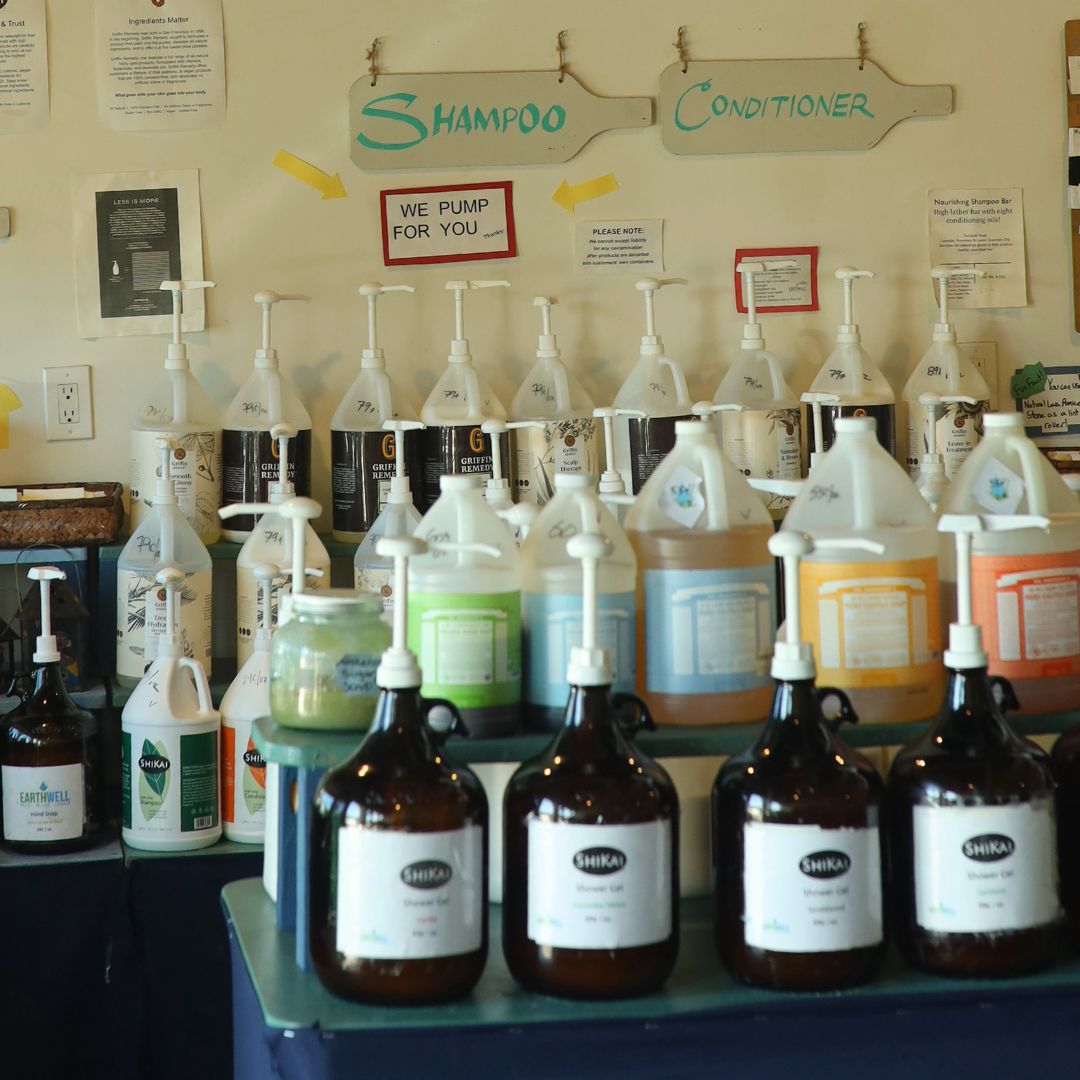By Catherine Hart, Researcher at Red Tortuguera A.C.
A Small Miracle
Like most everyday miracles, this, the smallest of sea turtles is often overlooked. Olive grey in colour with a domed carapace (top shell), small triangular head and weighing around 40 kilos, this turtle punches above her weight. Today the olive ridley is the most abundant sea turtle worldwide and nests on the majority of beaches in the Mexican Pacific. However, it wasn’t always this way.
Although sea turtles have always been part of human diets, capture increased during the 50s, 60s and 70s, with an industrial scale fishery taking huge numbers of turtles for both meat and leather. In 1968 alone, 14,590 tons of turtle were captured in the Mexican Pacific which is an estimated 375,000 sea turtles. Of these, 90% are thought to have been olive ridleys. At this time, the oceans were considered limitless in resources; how could humans ever cause the collapse of something so immense and wild? However, by the mid-1970s scientists were worried, sea turtle populations started to collapse, fewer and fewer females arrived at beaches, and the unthinkable happened when the olive ridley arribada mass nesting events ceased to occur on two of the four beaches in Mexico. Thankfully in 1990, the Mexican federal government stepped in and declared a complete ban on capture and use of sea turtles and their by-products (such as eggs, leather and oil).
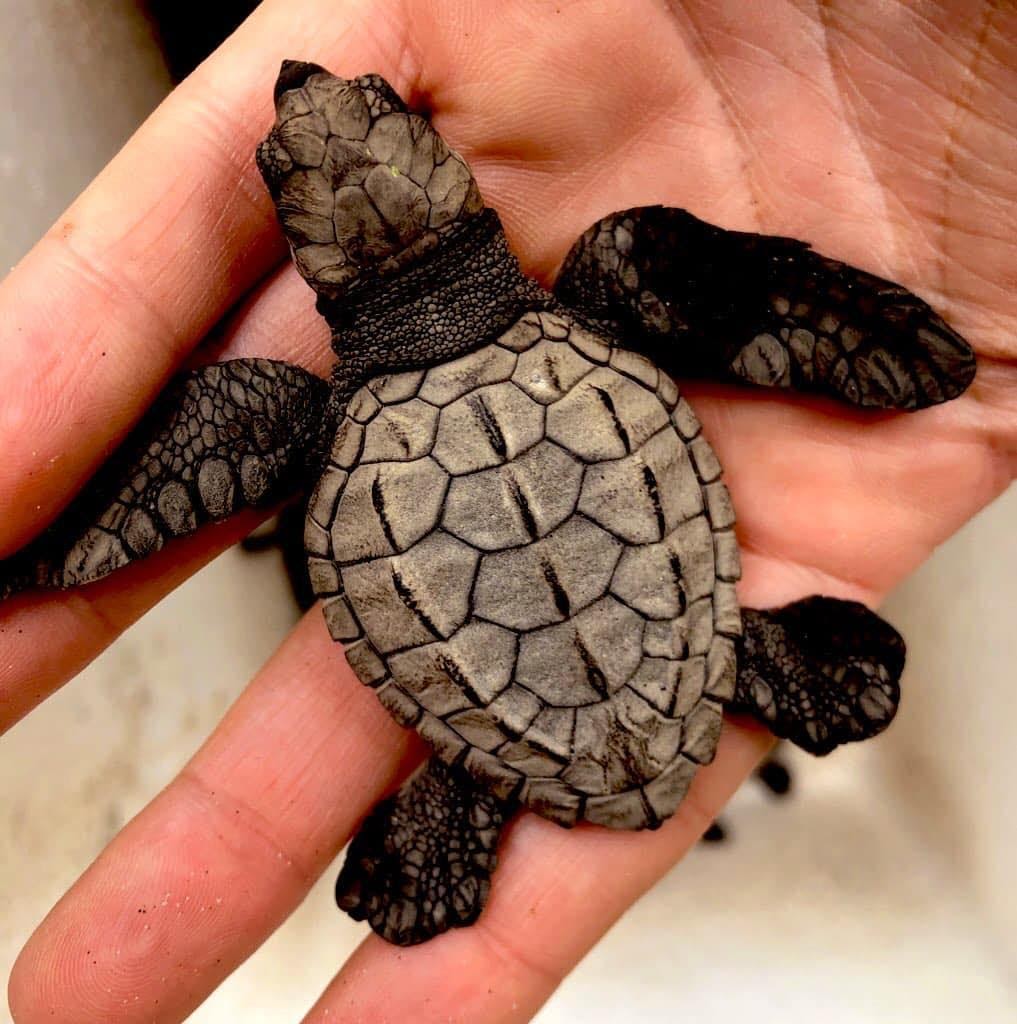
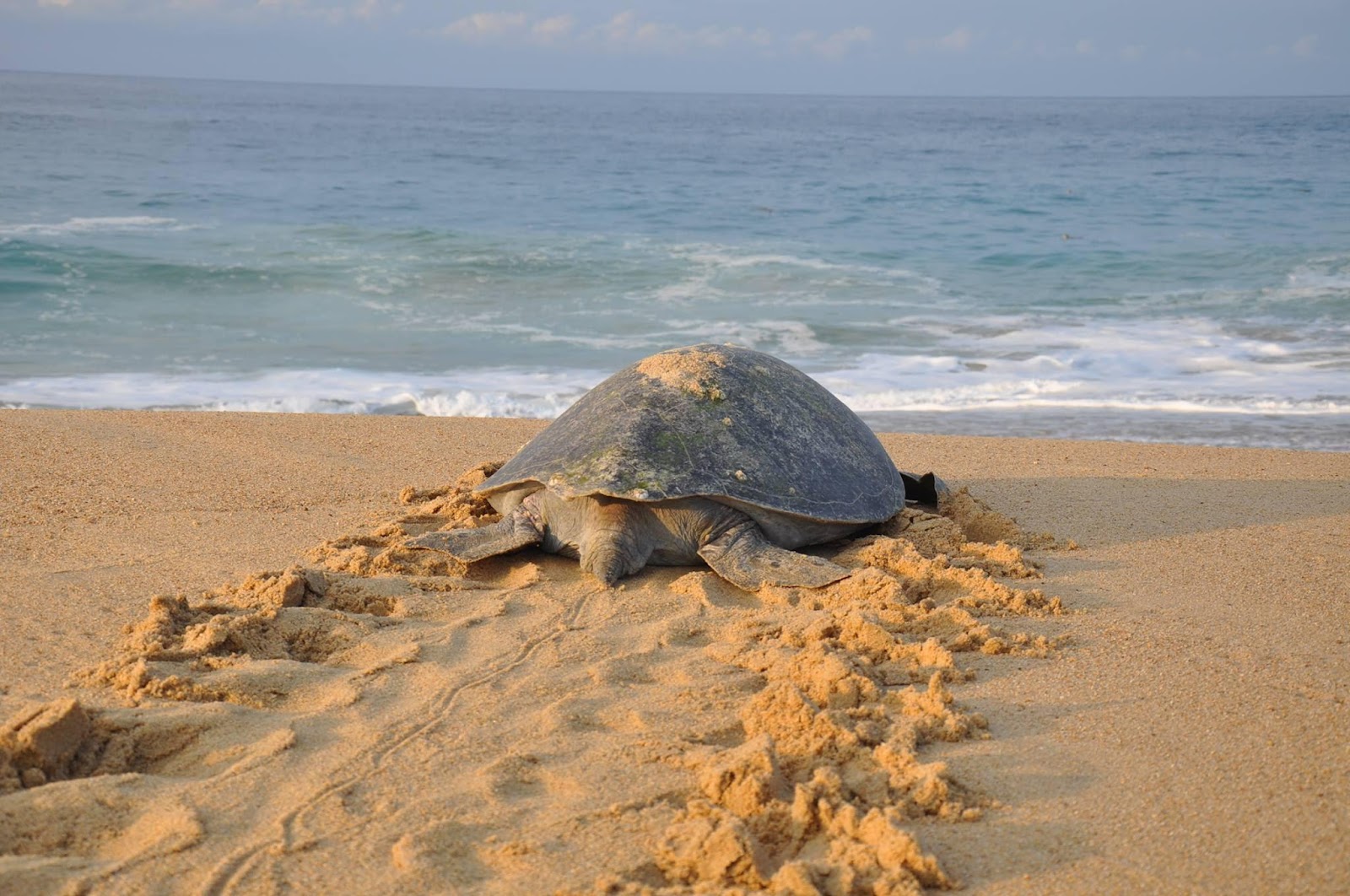
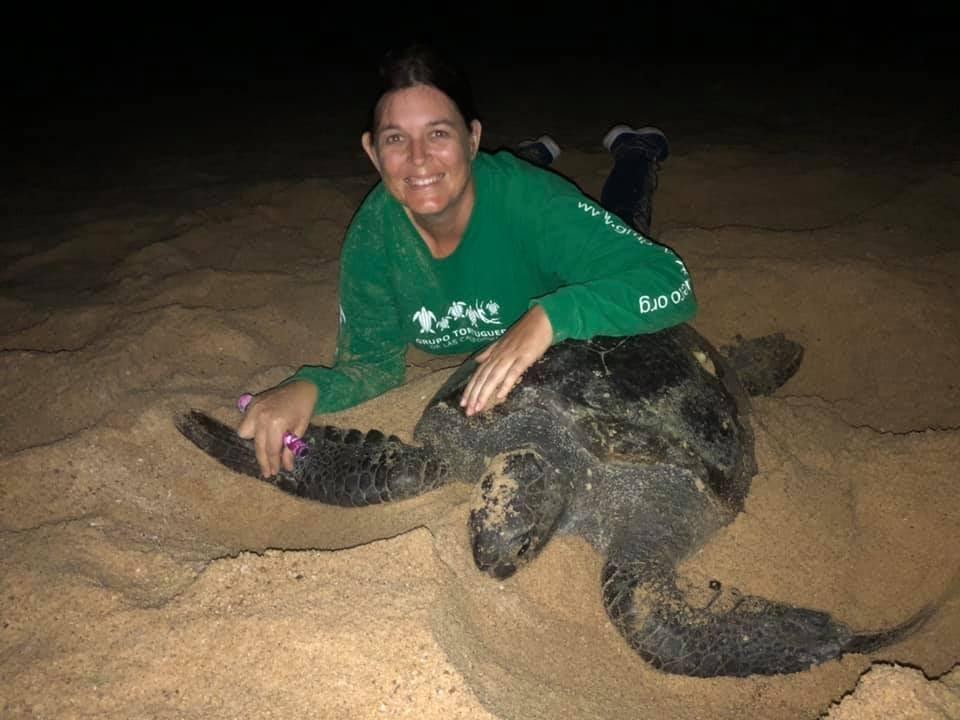
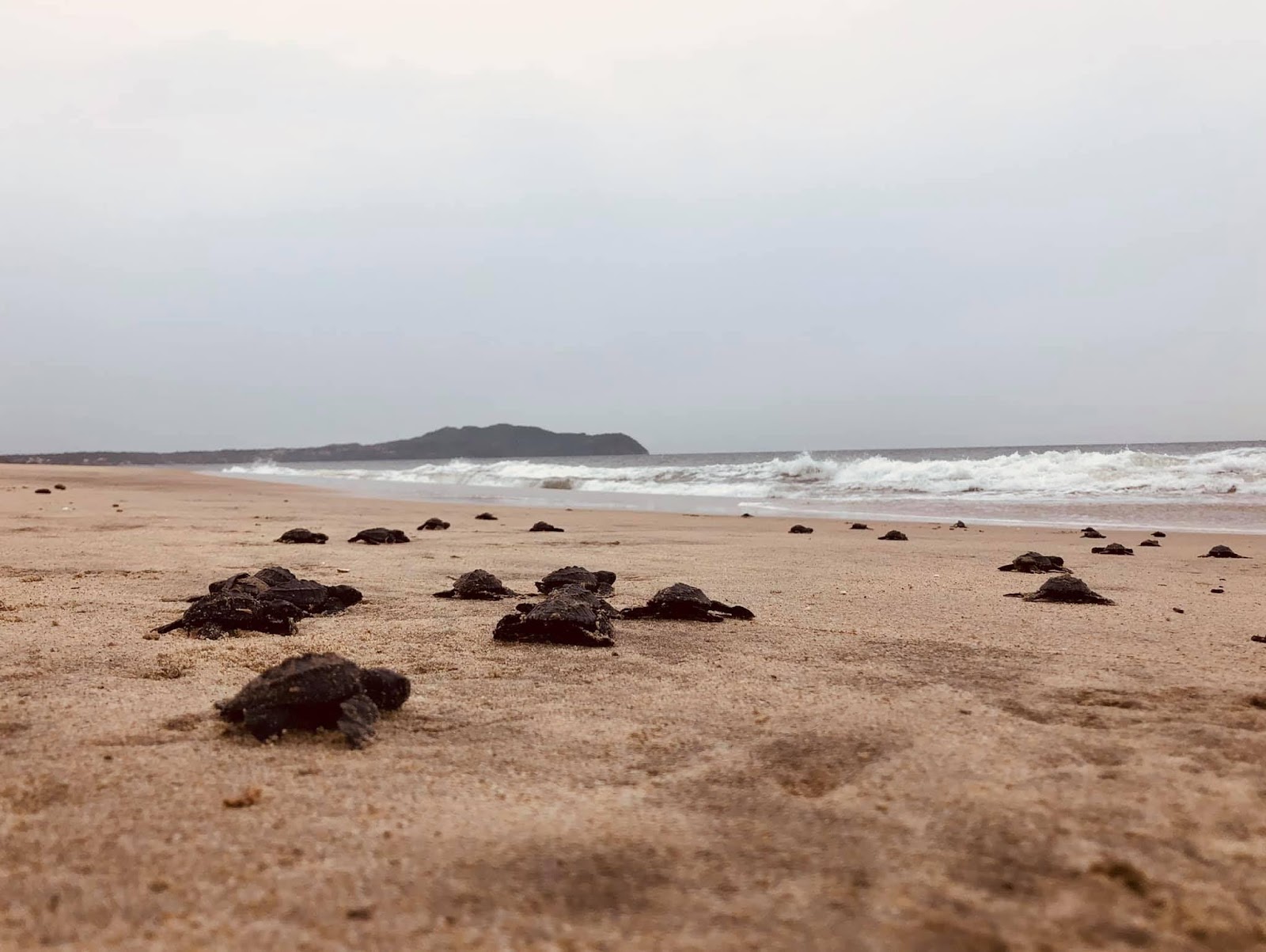
Turning the Tide
It was time to try and repair the damage that had been done and protect the now endangered sea turtles. The first step was the founding of nesting beach conservation projects by the Mexican government. These projects focused on key sites, yet there were hundreds of other beaches with lower numbers of nesting turtles, principally olive ridleys. These solitary nesting females were protected by law, but it was unclear how to protect them over hundreds of kilometres of often hard to access beaches. It was time for local communities, nonprofit organizations, universities and schools to come together and decide that sea turtles were too important to lose.
Over the next few decades, thousands of people rose to the call to protect sea turtles. The “tortugueros” began patrolling beaches at night, often during the intense tropical storms that occur during the height of olive ridley nesting season (July-November), collecting and protecting the eggs and releasing the hatchlings into the ocean. This work continues each year, with millions of baby turtles making their way into the vast ocean, each representing the efforts of those who work tirelessly in the hope that in 13 years, some may return as adults to nest.
A Story of Hope
So, what does the olive ridley’s story teach us? It is a story of hope in what sometimes feels like the impossible task of species conservation. At one time humans nearly wiped this little turtle off the planet, and today governments, communities, individuals, and organizations like Ocean Connectors have set out to right this wrong by helping olive ridleys to recover. Olive ridleys still face many threats including intentional and accidental capture in fishing nets, egg harvest, pollution and destruction of nesting habitats. Despite this, olive ridley turtles have returned from the brink of extinction to teach us the meaning of resilience.


